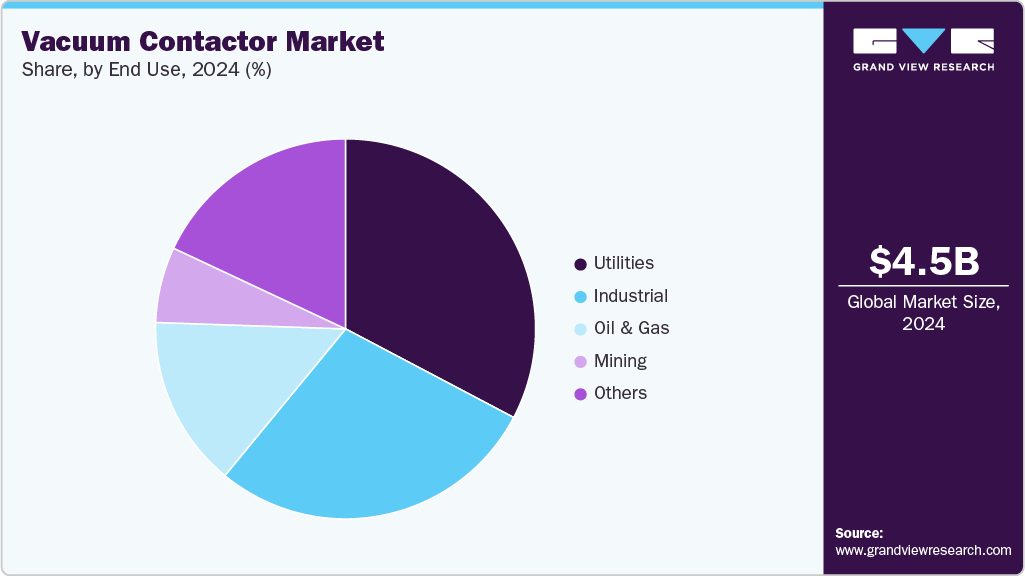28 September 2018, The global Citric Acid Market is expected to reach USD 5.73 billion by 2024 driven by its increasing use in food & beverages and household detergents & cleaners. The growth of these end-use industries, particularly in emerging economies of Asia Pacific region, is anticipated to boost the growth of the chemical over the projected period.
The biobased and chelating characteristics of citric acid make it a viable solution to several toxic substances used for manufacturing detergents & cleaners, especially for household purposes. Rising awareness regarding cleanliness and hygiene is expected to augment the demand for detergents & cleaners, resulting in a volume CAGR of 3.8% over the projected period.
Asia Pacific dominated the global industry accounting for 29.6% of the global citric acid market volume share in 2016.
 |
| Global citric acid market volume, 2014 – 2024 (Kilo Tons) |
Rapid industrialisation resulting in the presence of large-scale manufacturing bases for food & beverages, pharmaceuticals, and cosmetics is expected to augment the demand for the chemical as an intermediate in several processes.
Increasing healthcare expenditure coupled with rising number of ailments across the world is expected to augment the demand for pharmaceuticals. The demand for citric acid in pharmaceutical applications was estimated to be 153.1 kilo tons in 2016 and is projected to progress in tandem with the development of the pharmaceutical sector.
The difference in the properties of citric acid has resulted in making it suitable for use across a broad range of applications. The dual use of citric acid as a preservative as well as a flavouring agent in foodstuffs is expected to augment its demand for household purposes. Moreover, its suitability for a broad range of cuisines makes its suitable for restaurants. Increasing standard of living of consumers is expected to augment the demand for the product over the projected period.
In line with the growing demand for the chemical, manufacturers such as Jungbunzlauer, ADM, and Cargill are focusing on increasing their market presence through R&D to introduce innovative products catering to niche application segments. Thus, the growth of the food & beverages, pharmaceutical, and cosmetic industries coupled with the eco-friendly properties of the product is expected to drive the growth of the citric acid market over the forecast period.
Browse Details of Report @ https://www.hexaresearch.com/research-report/citric-acid-market
VAM is utilized in the manufacture of chemicals like EVA and EVAC. There is growing consumption of these chemicals in the solvents and adhesives industry, leading to rising demand for VAM. Demand for acetic acid in VAM was more than 3,500 kilo tons in 2014. This application segment is expected to grow at a CAGR of more than 3.9% from 2015 to 2022. VAM will be increasingly demanded by developing economies like China, India and Brazil, consequently leading to growth of acetic acid market in future.
Hexa Research observed that China led the global acetic acid market in 2012 with a share of more than 39% of volumes. A strong manufacturing base and possible expansion of the same in future will contribute to China retaining its market leadership. Asia Pacific followed China in terms of market share, with key demand emerging from India and Japan. The acetic acid industry in Asia is likely to grow at a CAGR of more than 10% from 2015 to 2022.
Hexa Research identifies Celanese, BP, DuPont, Eastman Chemicals, BASF, Wacker Chemie and Jiangsu Sopo (Group) Co., Ltd., among others, to be the key participants in the global acetic acid market. The industry showcases a fragmented nature with several manufacturers operating at varied levels of capacities.
Browse Related Category Market Reports @ https://www.hexaresearch.com/research-category/bulk-chemicals-industry







